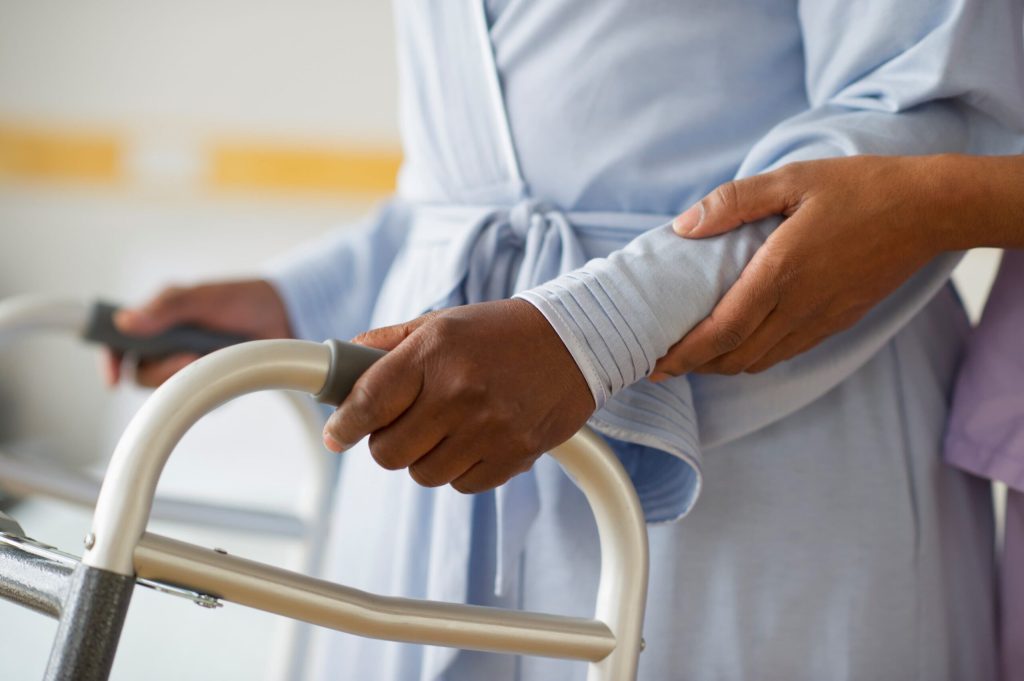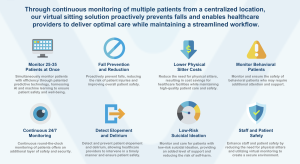
Patient Safety Awareness Week: How CareView Communications is Helping Prevent Patient Falls
“The very first requirement in a hospital is that it should do the sick no harm.”
Those famous words were shared by Florence Nightingale, and as we kick off Patient Safety Awareness Week across the country, we are reminded that the essence of her message is still just as true today.
CareView Communications has always approached partnerships with health systems based on a shared desire to improve patient experience and patient safety. Through innovative technology, we are proud to support hospitals and health systems across the country in their pursuit of constantly improving patient safety and experience.
As part of this month’s blog and in conjunction with Patient Safety Awareness Week, we look at how our technology solutions are helping hospitals reduce and prevent patient falls – a common adverse event reported in hospitals.
Reducing Patient Falls Through Leveraging Technology
The CareView Patient Safety System
CareView’s solutions are designed to be comprehensive in terms of approaching patient safety and experience with a holistic perspective. Furthermore, we look to add value through designing technological features that solve a variety of solutions for health systems and hospitals.
“Our Patient Safety System looks at each component of patient care and the various touchpoints the hospital staff has with the patient and identifies opportunities to lower costs for hospitals, while simultaneously improving safety outcomes for patients,” explained Cathy Story, Chief Clinical Officer for CareView Communications.
This holistic approach and the benefits that are associated with it – including lowered costs for health systems and increased overall safety – can be seen in the graphic that is included below.

When it comes to fall prevention, CareView’s Patient Safety System leverages artificial intelligence (AI) and predictive technology to help mitigate the risk of falls occurring.
What does this look like in practice?
Our patented Virtual Rails technology uses machine learning to differentiate between normal patient movements and behaviors of an at-risk patient. This allows for early warning notifications and faster interventions among onsite staff, which can prevent a patient fall from occurring.
“Research shows that nearly one-third of all patient falls can be prevented,” Story noted. “When you think about the impact each fall has – both on the individual and their quality of life, as well as the hospital and the risks associated with these adverse events – a solution that addresses all aspects of the event is needed. That is what our technology aims to solve.”
Are you interested in learning more about CareView’s solutions? We would love to hear from you. Schedule a demo today and learn how we can help your health system enhance patient safety and experience.
About CareView Communications, Inc.
For over a decade, CareView has been dedicated to supporting hospital care teams with its innovative virtual care solutions. The Company has established successful partnerships with over 200 hospitals nationwide, implementing effective inpatient virtual care strategies that greatly enhance patient safety and overcome critical staffing challenges. The CareView platform, fueled by industry-leading predictive technology and supported by its purpose-built hardware, specifically addresses the unique requirements of virtual nursing and virtual sitting use cases. The CareView team works closely with their hospital partners to understand their evolving needs and deliver tailored virtual care strategies that align with their objectives. By providing healthcare professionals with the tools they need to deliver exceptional care, CareView contributes to improved patient outcomes and a more sustainable healthcare ecosystem. Learn more at care-view.com or follow CareView on LinkedIn.